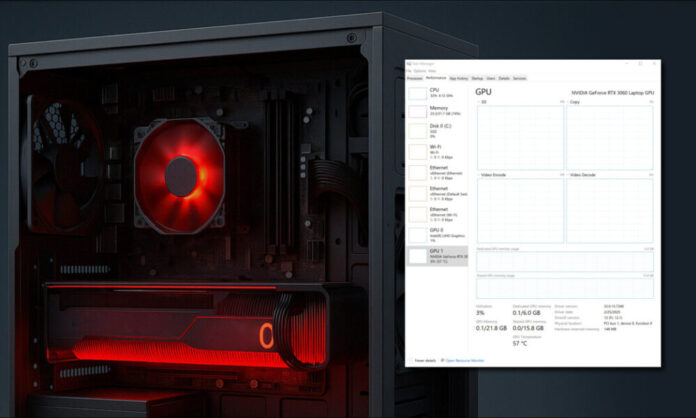Recent NVIDIA Driver Update Causes Falsely Reported GPU Temperatures
NVIDIA has released a critical hotfix to address a major issue caused by their previous driver update, which led to systems falsely reporting safe GPU temperatures. This problem affected both AI and gaming communities, as it caused cooling demands to climb toward potentially critical levels without being detected.
The Issue
The problem started when NVIDIA released their Game Ready driver 576.02, which triggered a wave of complaints across various online forums. Users reported that their GPU temperature monitoring tools stopped working, showing incorrect or frozen temperature readings. This issue was not limited to specific systems, as it affected a wide range of users, including those with NVIDIA Optimus systems and those using third-party monitoring software.
Initial Reports
The first report of the bug appeared on the ZephyrusG14 subreddit, where a user named fricy81 shared a post from the NVIDIA forums. The user stated that after installing the driver update, tools like MSI Afterburner and in-game monitors stopped updating GPU temperature readings, freezing at around 35-36°C. Restarting the monitoring software had no effect, and only a full system reboot would restore accurate readings.
Disrupted Fan Curve Behavior
User feedback across various forums highlighted a general disruption of normal fan curve behavior and an alteration of core thermal regulation. This resulted in graphics processing units idling at unexpectedly high temperatures and overheating under standard operational loads. One user reported that their fans were running at max, and temperatures looked fine at first, but later realized that those were not idle temps, and the fans were still kicking.
Official Response
NVIDIA’s official post around the hotfix release cited the issue as ‘GPU monitoring utilities may stop reporting the GPU temperature after PC wakes from sleep’. However, the problem occurred during normal use, not just after waking the system from sleep. The official release PDF for the 576.02 driver update acknowledges that GPU temperature can be reported incorrectly on NVIDIA Optimus systems, specifically showing zero degrees when no applications are running.
Risk Assessment
In most scenarios, the graphics card’s VBIOS would likely have prevented permanent GPU damage. VBIOS enforces thermal and power limits at the firmware level, independently of the driver. However, sustained high temperatures can degrade performance over time or stress adjacent components. The risk was particularly high for those engaged in artificial intelligence workflows, where high-performance hardware is routinely pushed to its thermal limits for extended durations.
Aftermath
The problematic 576.02 driver inspired a broader rash of complaints after its release in mid-April, despite initial reports that it offered some beneficial performance improvements. Users reported various types of damage and inconvenience, including GPU crashes, heat buildup, and overheating issues. Some users had to undervolt their GPUs or replace their thermal paste to prevent further damage.
Conclusion
The recent NVIDIA driver update highlighted the importance of thorough testing and quality assurance before releasing new software. The false reporting of GPU temperatures put users’ hardware at risk, and the community’s quick response helped to mitigate the damage. NVIDIA’s prompt release of a hotfix addressed the issue, but it serves as a reminder of the potential risks associated with driver updates and the need for vigilance in the tech community.

